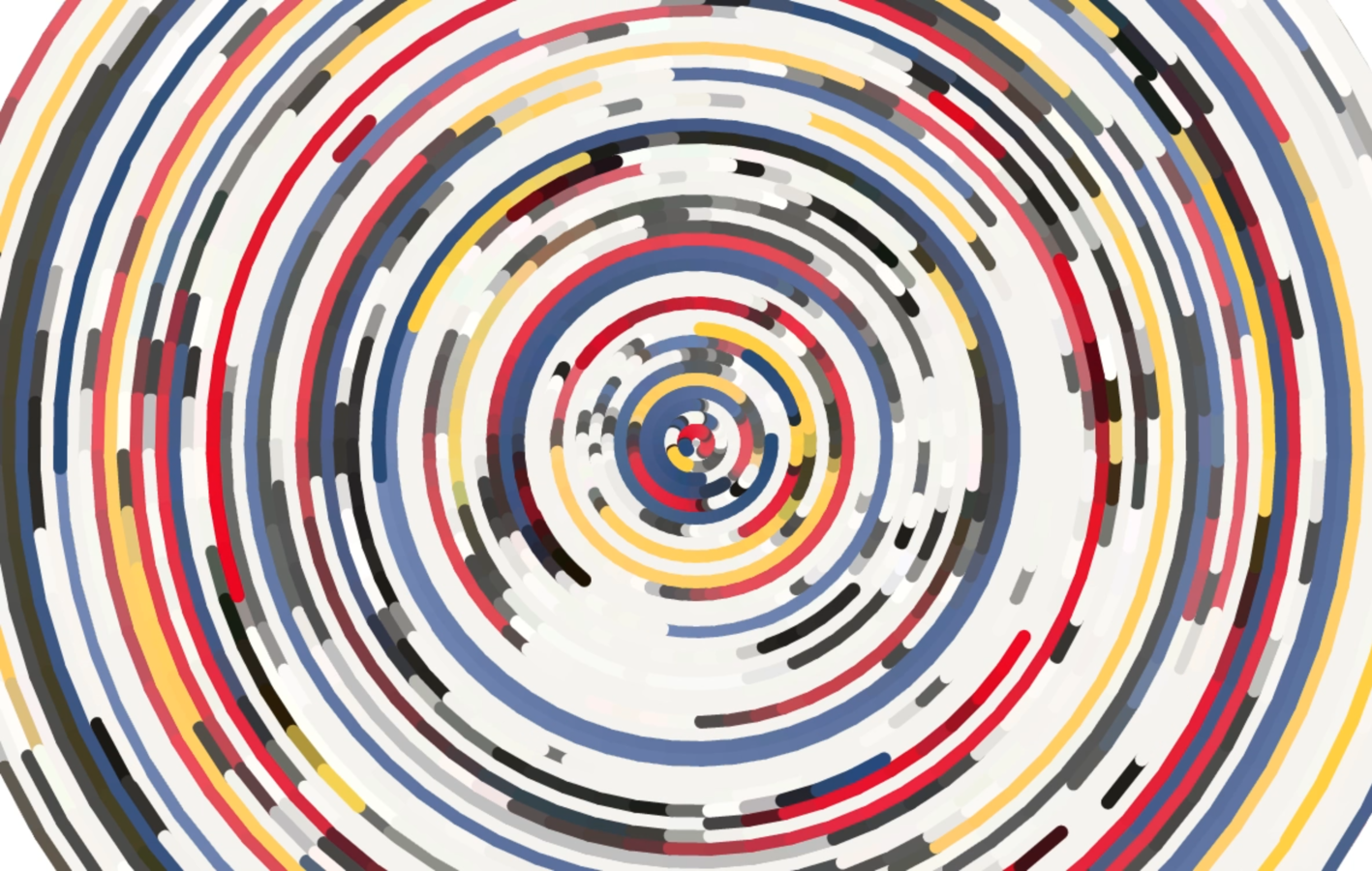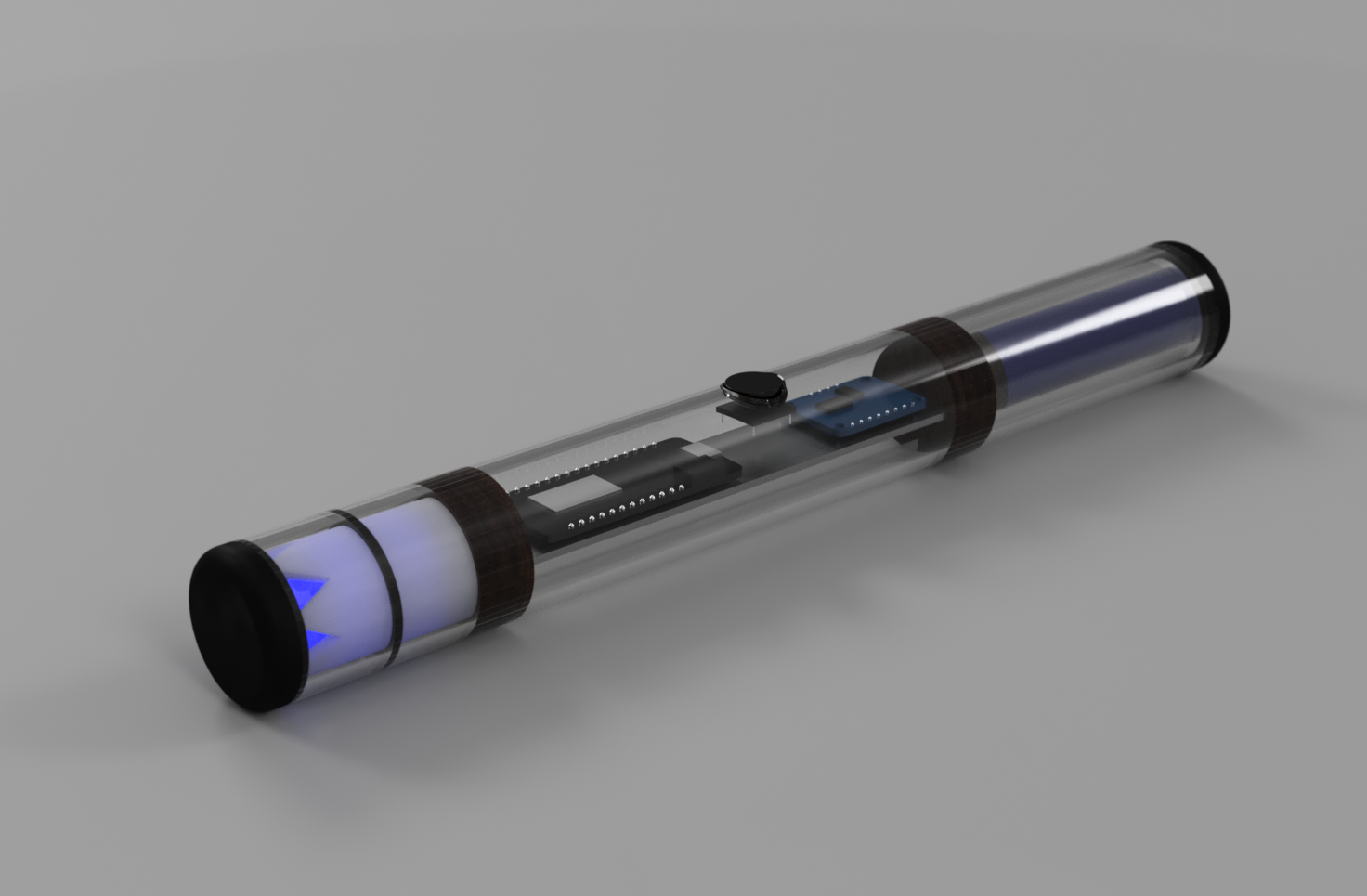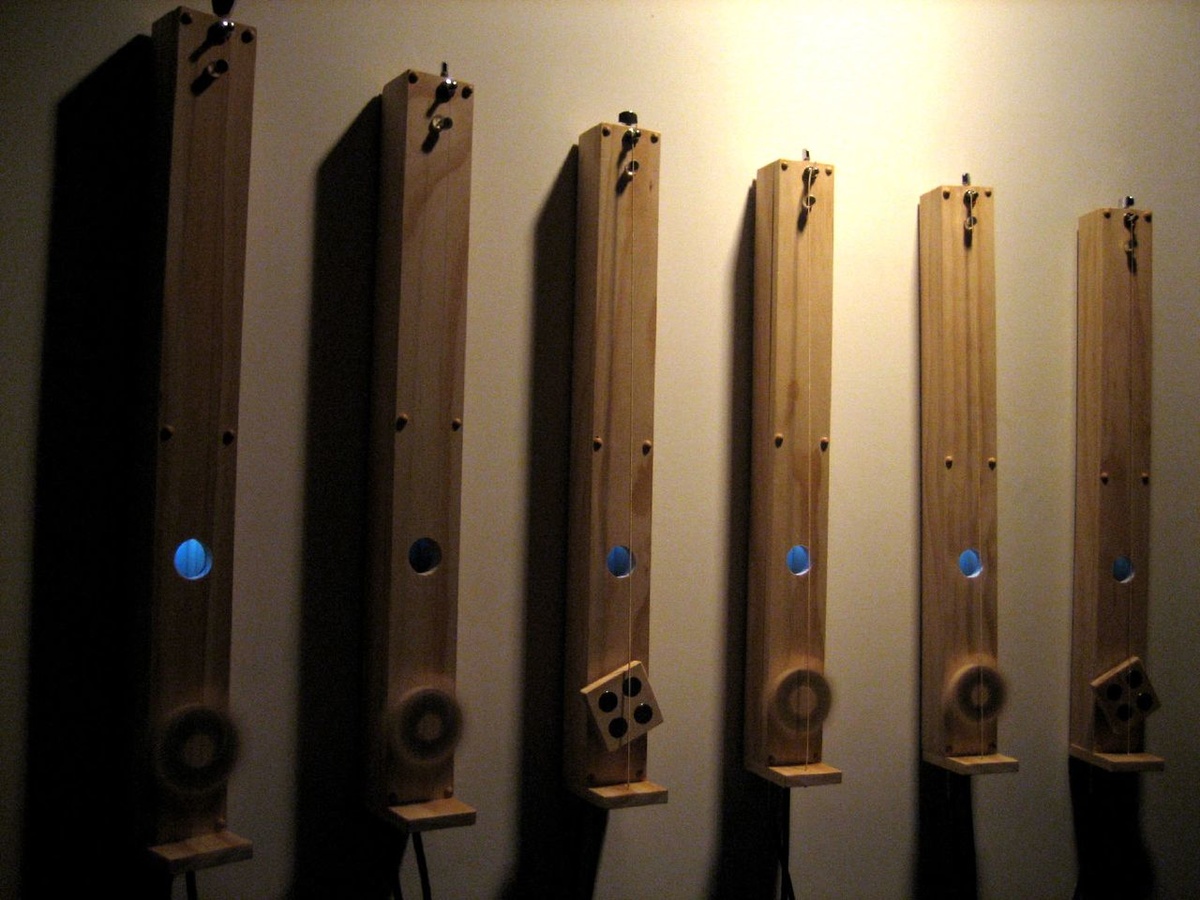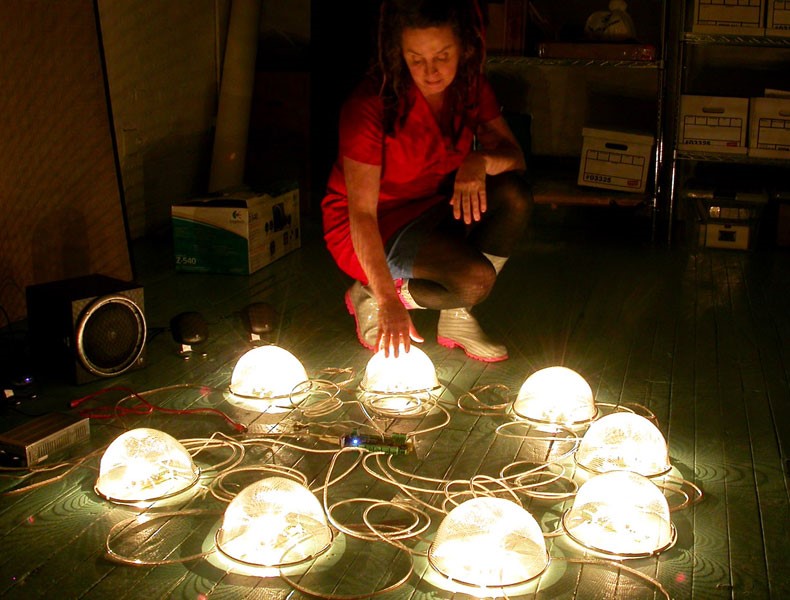
Experience Design
I approach every project through the lens of the people who will take part. This is often not just the "end user" or audience, but also the performer, the maker, the salesperson, or those who protect and watch the work. Making work accessible is to make it engage all these individuals.

Expressive Code
Software development is an endless ocean of different experiences, both to create and to explore. The proliferation of programming languages as well as tools built on top of them (both open-source and proprietary), means there are more opportunities than ever before for great interactions. This also comes with the challenge of keeping up with these tools, and picking the right one for the task at hand.

Physical Interaction Design
Software can fall flat without tangible interfaces that make that software fun, engaging, and bring different aspects of self to bear. Building things that jump off the screen into the real world gives the audience a much wider means of exploring, and can dramatically change how effectively someone engages. Designing for physical space means utilizing software and drawing, creating plans that bring all stakeholders together, and help drive the process forward.

Digital Fabrication and Actuation
Exploring projects in the physical world means being able to understand and manipulate materials. In many cases, this is in the act of building and fabricating objects (and understanding the best tools to do so). In other cases, it involves using sensors and data to understand the world, and actuators like motors/solenoids/servos to affect change in the environment. Bringing these three processes together, many additional doors open to you for creative expression and storytelling.

Prototyping / Gluing
As a generalist, I’m uniquely positioned to combine different skill-sets and explore the viability of an idea or creative concept. Prototyping is a useful way to do this, building quickly and iteratively and testing extensively with different types of users. Often, I find this stage of the process equivalent to choosing the right glue to use to make two things stick together durably. This isn’t just a physical problem, as many projects require finding ways to translate data from one location to another, transform information into meaningful output, and create environments that are resilient to this type of transposition.

Mentoring / Cross-Pollinating
Collaboration is not only critical in the creation of meaningful experiences, but often the cross-pollination of knowledge and ideas is an absolute must when doing anything expressive. As a longtime learner, I find myself learning the most when testing that knowledge in the classroom as an instructor and mentor. When I help others apply approaches I’ve learned over the years to their work, I am truly able to test my understanding and round out the edges of my knowledge through their applications and approaches.